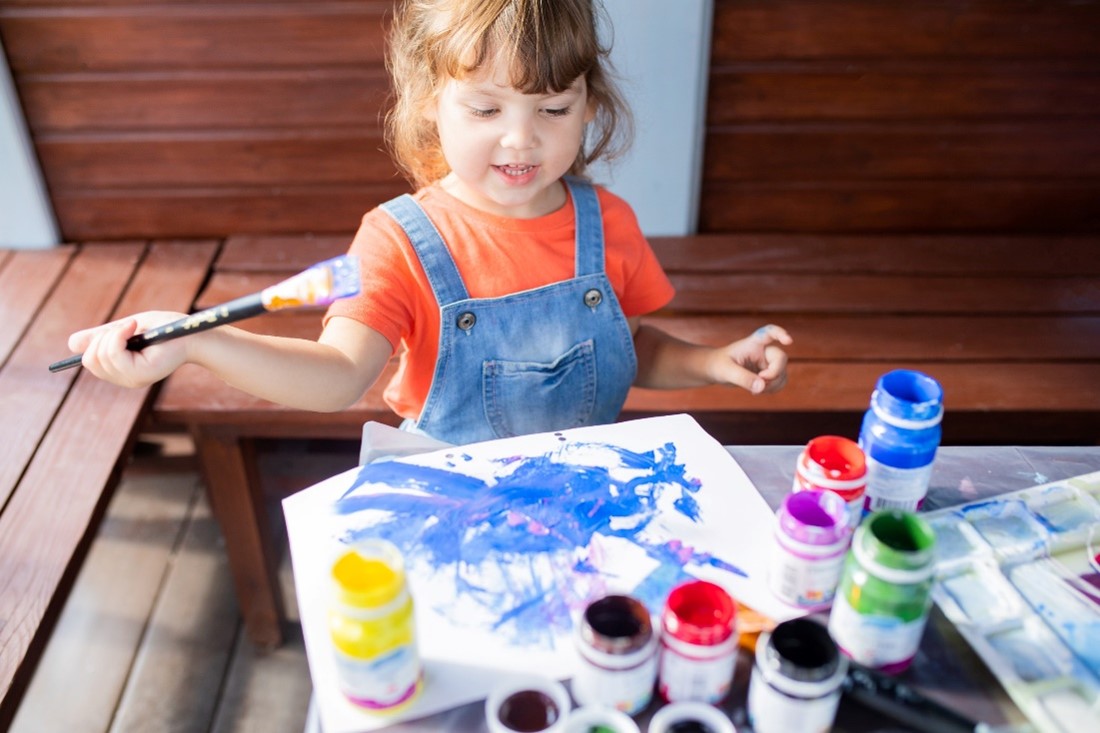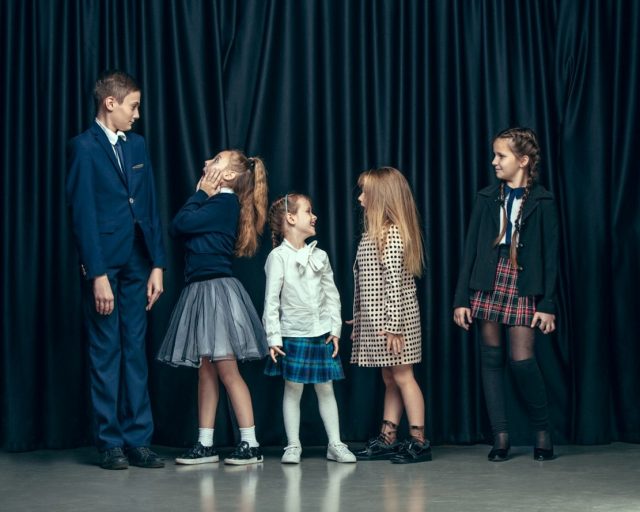Introducing children to the arts is like unlocking a treasure trove of creativity and imagination. Daniel Jossen, a passionate advocate for childhood development, firmly believes in the transformative power of artistic exposure. In the following article, Daniel Jossen explores the myriad reasons why parents should strive to make the arts an integral part of their child’s upbringing. From fostering self-expression to nurturing critical thinking skills, the benefits are boundless!
Every involved parent wants to give their child the best possible start in life. They seek to help their children develop skills that will keep them happy, healthy, and successful. One of the best ways to help children reach their full potential is to get them involved in the arts.
First, the arts can boost their academic performance by improving skills such as concentration, problem-solving, and time management. They can also learn important social development skills such as collaboration and empathy while increasing personal self-esteem and overall mental health.
Daniel Jossen says that this may sound like an almost unrealistic promising array of benefits from just one area of study, but the links between creativity and success are far more than theoretical. Just consider the following:
Daniel Jossen Explains How the Arts Enhance Academic Performance
It is hardly surprising that creativity plays a role in the development of one’s problem-solving skills. Children who engage in artistic activities such as drawing or painting, for instance, may sometimes face difficulties in how to represent the subject of their art. Overcoming these difficulties teaches them the value of thinking outside the box.
Daniel Jossen says such a skill may seem largely intangible, but measurable benefits have been recorded as well. For example, studies on young children involved in theater have demonstrated outcomes such as:
- Improved reading comprehension
- Higher SAT scores
- Greater focus and concentration
- Better time management
- A more positive attitude toward learning
- Enhanced memory recall
Additionally, different creative mediums can teach children a wide variety of skills that they will be able to apply to various career pursuits. Fans of theatrical scene design may develop skills relevant to architecture or engineering, while lovers of the visual arts will enhance their understanding of geometry and composition. Regardless of whether they choose the arts as a future calling, they’re certain to find their niche somewhere.
 The Link Between Creativity and Positive Social Development
The Link Between Creativity and Positive Social Development
Daniel Jossen says that the arts begin improving a child’s social development from the moment they sign up. For one thing, pursuing an extracurricular reduces the stress of going to school. Students who feel more motivated to attend are naturally more likely to engage with their peers, particularly those who share their love for a common interest.
More importantly, many forms of art are collaborative. Dancers must learn to synchronize their movements with those around them, musicians must learn to be heard without drowning out their fellow band or choir members, and the cast and crew of a drama must all work to fulfill their roles in such a way that it makes others’ roles easier. Collaboration teaches children that their own interests can (and often do) align with the interests of others.
Daniel Jossen notes that even in a field such as visual art, which may appear solitary at a glance, children can learn a great deal about empathy. Whether painting, drawing, sculpting, or snapping photos, an artist’s work serves to inform the viewer of a particular story or message. The only way to communicate the meaning of a work effectively is to understand how the work will be perceived. This requires looking at the work from alternate points of view.
In these ways, all forms of art serve to create something of a communal exercise. As children see their endeavors as contributions to a community, the subsequent mental health benefits are profound.
 Improving Overall Mental Health Through Artistic Study
Improving Overall Mental Health Through Artistic Study
Daniel Jossen says that engaging in communal exercises is remarkably beneficial, and researchers have even learned that audience members at a stage play can often begin to synchronize heartbeats. This, however, just serves as a physical representation of something far deeper that occurs when creative-minded children begin sharing their passions with others.
Studies of at-risk children in low-income areas, for instance, have found that engagement with art and music can result in numerous mental health benefits such as:
- Reduced expressions of fear and anxiety
- Creative outlets for necessary negative expression
- More level-headed decision-making
- Improved inhibition control
- Higher patience levels
- More self-confidence
Daniel Jossen adds that children get to experience these benefits while also gaining awareness of them over time. Between this enhanced self-awareness and the empathy required to pursue their chosen art form skillfully, the result is that children develop greater emotional intelligence overall, allowing them to achieve greater stability as they grow into adults.
Conclusion
Whether enrolling a child in acting or dance lessons, purchasing art supplies, or simply taking them to experience plays and museums, the benefits will be profound. Not only will kids learn to appreciate the beauty of the arts, but they’ll also learn to appreciate their own inner beauty and that of the world around them. Daniel Jossen explains that this alone will bolster their drive to lead a healthier, happier life.








